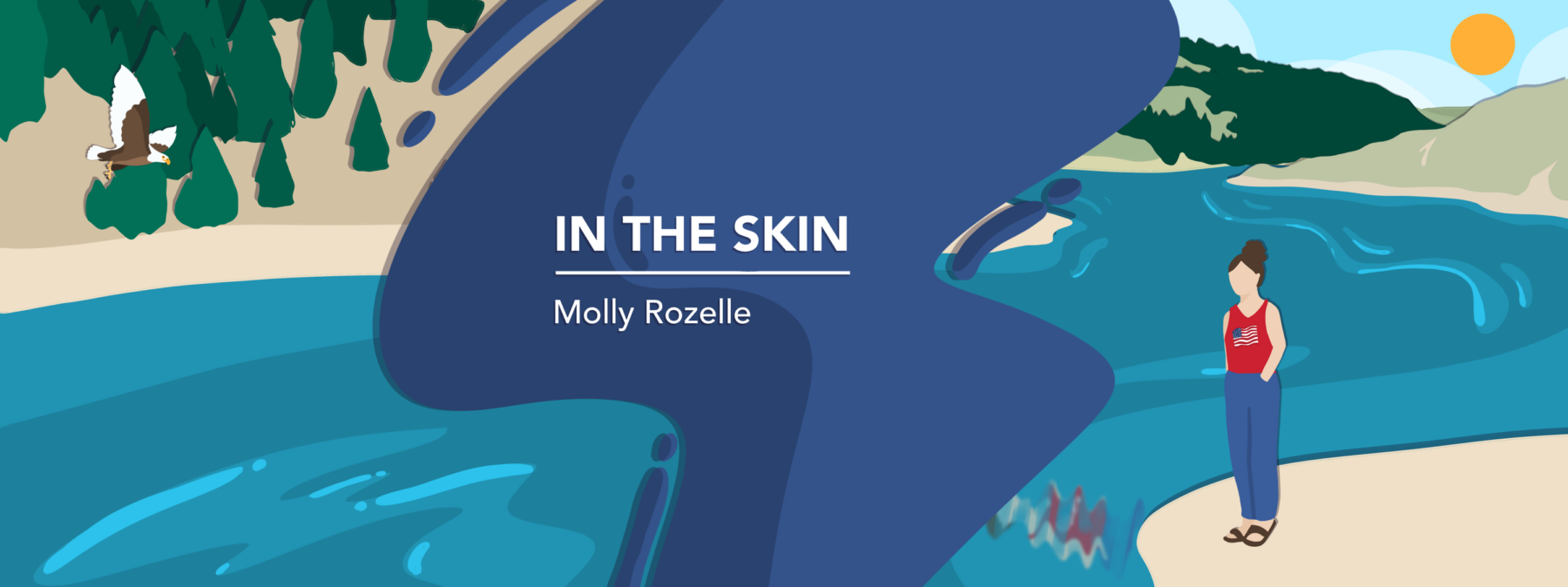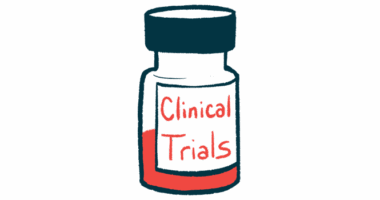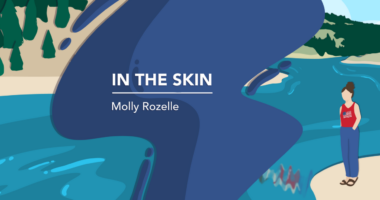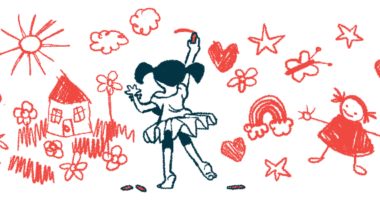How epidermolysis bullosa simplex prepared me for a life in nursing
Wound care is something this columnist is quite familiar with

I was diagnosed with epidermolysis bullosa simplex (EBS) of the Köbner type (now simply known as generalized EBS) when I was just 18 months old.
Epidermolysis bullosa (EB) is a rare genetic disease that causes extremely fragile skin that blisters easily and heals slowly. I don’t remember being diagnosed, as I was just a baby when my mom first took me to the dermatologist. Once I started walking, my mom noticed that I constantly had blisters on my ankles and knees from small amounts of friction or pressure. She knew these fluid-filled blisters weren’t normal scrapes or cuts due to both their appearance and longevity.
My mom still has the coffee-stained medical record from the early 1990s that the dermatologist sent her home with. It notes that my symptoms at the time were “inflammatory lesions of the knees with milia formation and nail dystrophy.”
I wasn’t the first or last person in my family to have these visible symptoms. Because EB affects the skin, the symptoms are difficult to hide. This is the feature of EB that I’ve struggled with the most. This type of scarring and nail dystrophy simply don’t meet society’s rigorous beauty standards. My mom knew what she was dealing with even before my diagnosis because she’d seen it before.
While I don’t recall much from that time, I do remember the “inflammatory lesions of the knees.” These wounds scarred me both physically and mentally. My earliest memories of EB are the silver-dollar-sized blisters that ripped open every week or so. My mom had a bathroom drawer dedicated to wound care supplies. Neosporin, Band-Aids, and scissors were staple items.
Whenever the blisters ripped open, my mom would trim off the loose flap of skin and cover it with a bandage. But as soon as the wound had closed and the bandage had come off, I’d trip and fall, starting the whole process over again. These chronic wounds eventually scarred me for life. Thankfully, as I grew older, the scars only occasionally reopened.
Later, in nursing school, I was formally educated in wound care, but my mom taught me the first crash courses in nursing and wound care. I think being a wound-care patient for many years as a child helped me become a more gentle nurse when providing care to my own patients.
The beauty in death
I’m still fascinated by wounds. At my first job as a hospice nurse, I tended to a lot of them. Hospice nursing is all about end of life, death, dying — and wound care.
I became an expert on end-stage Alzheimer’s disease, chronic obstructive pulmonary disease, Parkinson’s disease, pulmonary fibrosis, amyotrophic lateral sclerosis, dementia, and various cancers. Despite the generally sad and depressing nature of hospice nursing, I saw something really beautiful: death. Yes, death can be truly beautiful in the same way that birth is. If you’ve ever experienced or witnessed childbirth, you might recall feeling goose bumps, a lump in your throat, or involuntary tears streaming down your cheeks. For me, witnessing death elicits an eerily similar visceral response.
Although I’m no longer a hospice nurse, I still vividly remember the cavernous, horrifically pungent, infected wounds my patients suffered from. While pressure ulcers and EB wounds have different etiologies, in my experience, they’re equally difficult, and at times impossible, to heal. After witnessing the suffering directly caused by chronic wounds, I now believe there are things worse than death.
My experience with hospice and wound care provides me a unique perspective on pain and suffering. Some experiences I’ve had with hospice, wound care, and the dying process were peaceful, well managed, and beautiful. Others were downright tragic and traumatic. When I analyze my own life with EB, I understand that wounds, suffering, and discomfort — both physical and mental — are all part of the human condition. I lean on these experiences to have a positive outlook on life, to be thankful, and to manage anxiety.
At this point in my life, after 10 years of nursing, I think it’s impossible for me to say where the nurse part of me ends and the rest of me begins. It all seamlessly blends together.
I hope to continue to be empathetic, engaged, vulnerable, and real as I share stories with this community about the funny and downright weird things I’ve done to battle my EB insecurities. I hope we can heal some of these shared wounds together.
Note: Epidermolysis Bullosa News is strictly a news and information website about the disease. It does not provide medical advice, diagnosis, or treatment. This content is not intended to be a substitute for professional medical advice, diagnosis, or treatment. Always seek the advice of your physician or other qualified health provider with any questions you may have regarding a medical condition. Never disregard professional medical advice or delay in seeking it because of something you have read on this website. The opinions expressed in this column are not those of Epidermolysis Bullosa News or its parent company, Bionews, and are intended to spark discussion about issues pertaining to epidermolysis bullosa.








Annette Fenwick
Thank you for your article, Molly - it was of great encouragement to hear there are other people with EB like you and I who can use our experiences from this illness for good and supporting others in their various kinds of needs.
Just wanted to let you know I think you are a legend!
Kind regards,
Annette